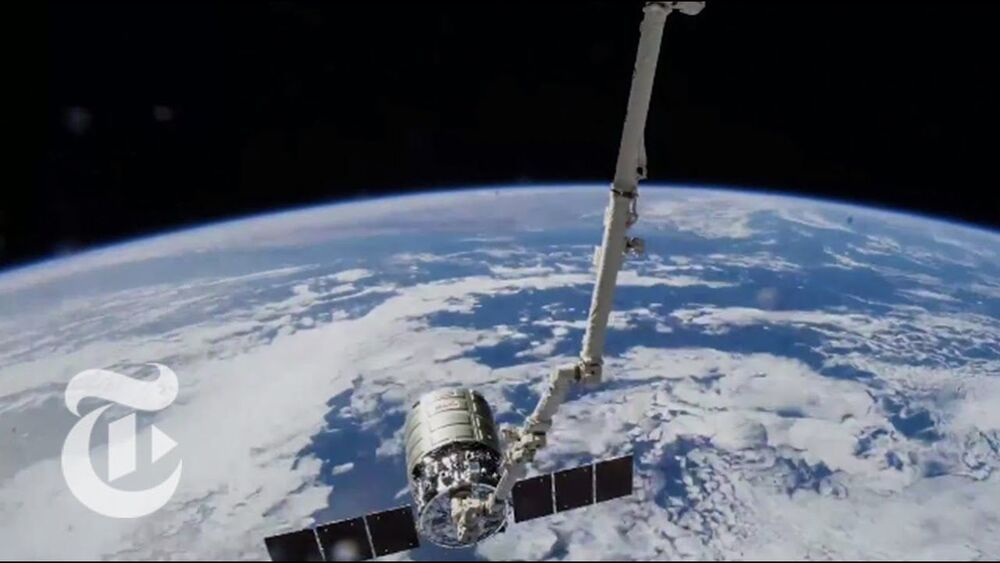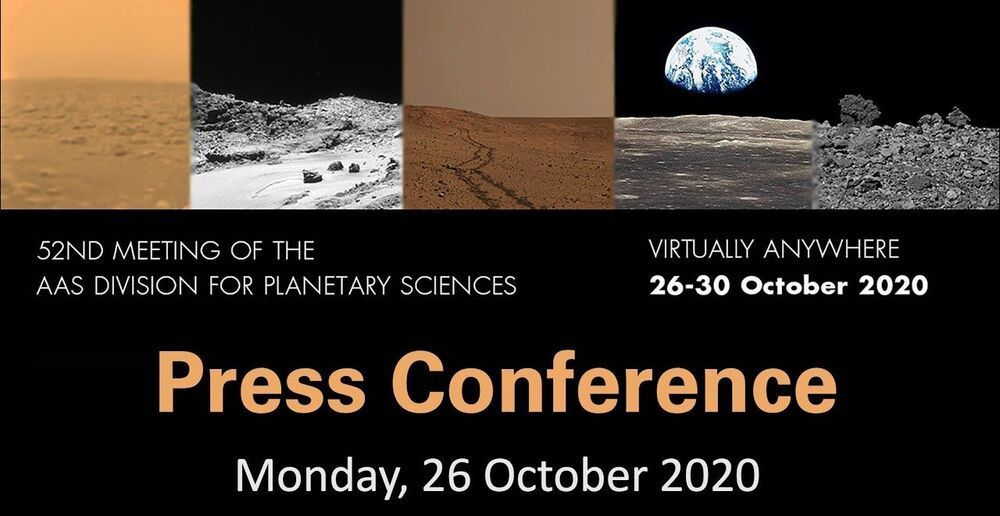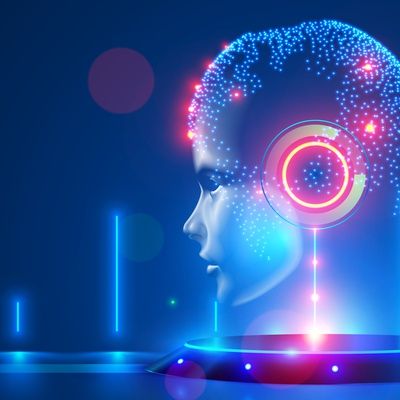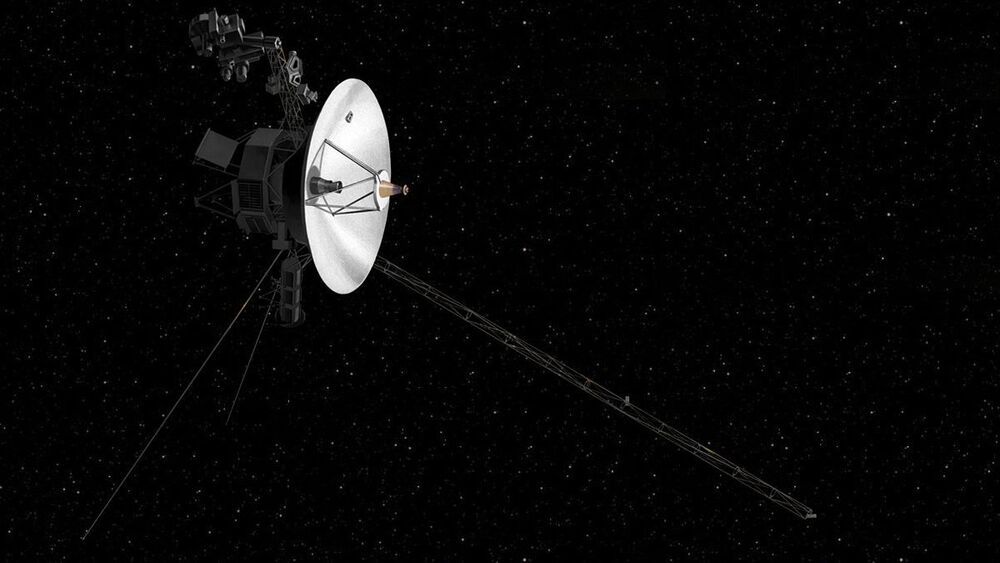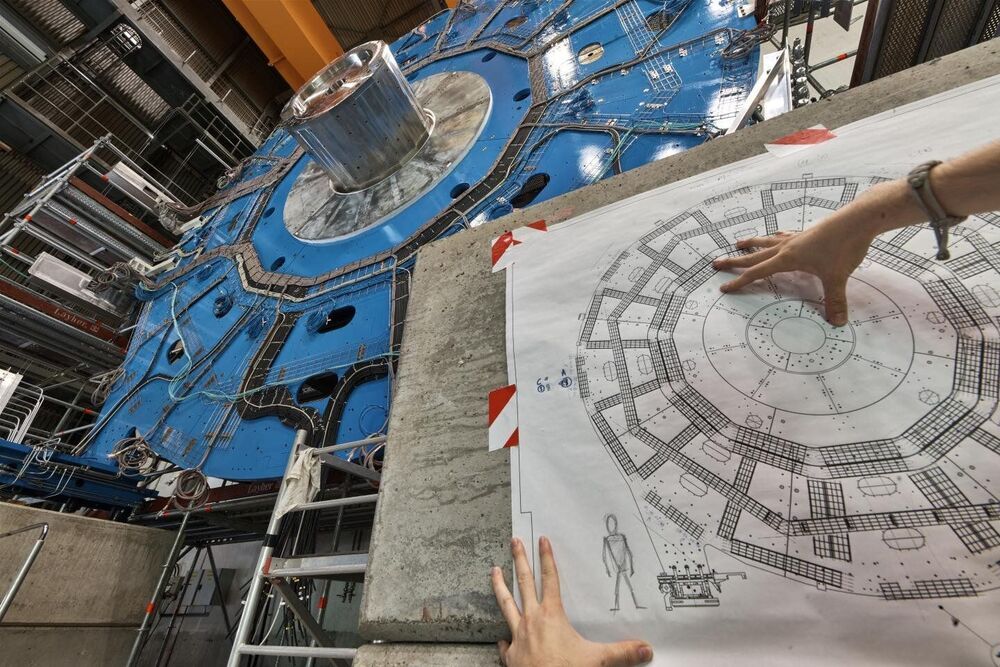Nov 6, 2020
Julian Beinart: A life of carefully chosen words
Posted by Genevieve Klien in category: biotech/medical
Professor Emeritus Julian Beinart, an internationally celebrated architect and longtime MIT professor known for his highly influential course on urbanism, died on Oct. 2 due to complications from Parkinson’s disease. He was 88.
“Julian Beinart’s best ideals were the best ideals of this department,” says Nicholas de Monchaux, head of the MIT Department of Architecture. “A tireless student of form, he believed architecture’s role in the city also made it inextricable from politics. His legacy — in South Africa, the U.S., and beyond — also reminds us that the professional obligation of architects to the city stands alongside the civic demands on every one of us, architect or not.”
“Julian’s strengths came from an old-school faith,” says Arindam Dutta, professor of architectural history at MIT. “He believed cities were somehow designed artifacts, and in being so, they could be designed better. It was his task to train designers for this job.”




